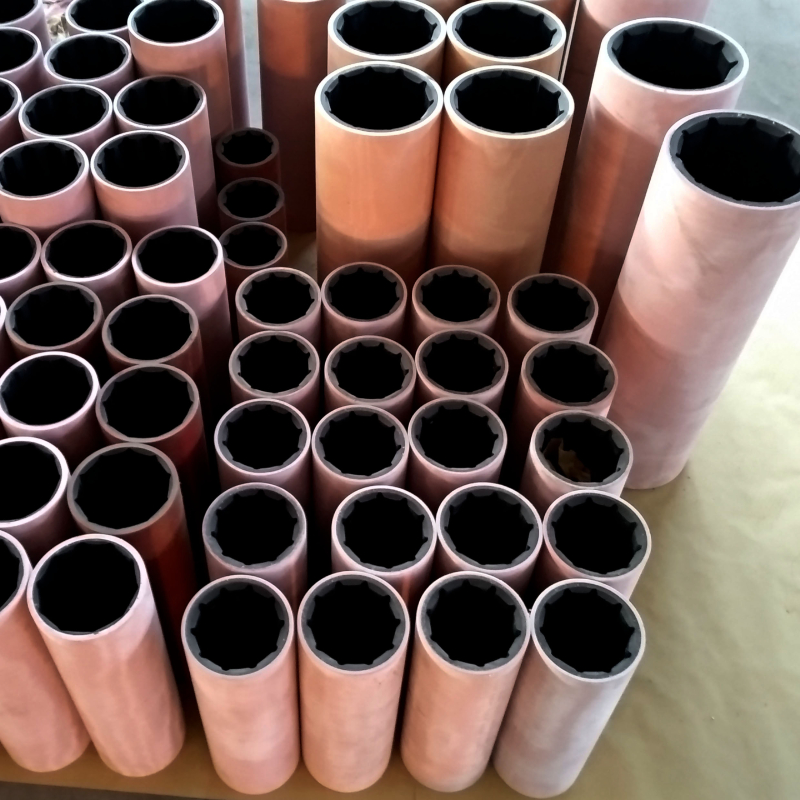Seal for Automatic Transmission Oil Pump Maintenance and Performance Improvement
Understanding the Importance of Automatic Transmission Oil Pump Seals
The automatic transmission is one of the most critical components in modern vehicles, responsible for managing the flow of power from the engine to the wheels while providing smooth gear shifts. A crucial element in the functionality of automatic transmissions is the oil pump, which is responsible for circulating transmission fluid throughout the system. However, the efficacy of the oil pump can be severely compromised by a seemingly small yet vital component the oil pump seal.
What is an Automatic Transmission Oil Pump Seal?
An automatic transmission oil pump seal is designed to prevent leaks from the transmission oil pump, ensuring that the lubricating fluid remains contained within the system. These seals typically consist of rubber or synthetic materials that can withstand high temperatures and pressures, given the harsh conditions inside a transmission system. An effective oil pump seal is essential for maintaining optimal fluid levels, which is crucial for the overall performance of the transmission.
The Role of Oil Pump Seals in Transmission Performance
The oil pump in an automatic transmission works diligently to maintain fluid circulation, providing the necessary lubrication for the various moving parts. A standard transmission relies heavily on the properties of the transmission fluid, which not only lubricates but also serves as a hydraulic fluid that enables precise gear shifts. If the oil pump seal fails, it can lead to fluid leaks, resulting in low fluid levels, which in turn may cause the transmission to malfunction. Symptoms of a failing oil pump seal can include erratic shifting, slipping gears, or even complete transmission failure.
Common Causes of Oil Pump Seal Failure
Understanding the causes of oil pump seal failure can help vehicle owners take preventive measures. Common factors include
1. Aging and Wear Over time, the materials used in seals can degrade due to heat and exposure to various chemicals in the transmission fluid. Regular wear and tear result in loss of elasticity and sealing capability.
automatic transmission oil pump seal

2. Improper Installation If an oil pump seal is not installed correctly, it can lead to improper sealing, causing leaks. This can be a result of misalignment or using the wrong tools during the installation process.
3. Contaminated Fluid The presence of contaminants in the transmission fluid, such as metal shavings or water, can accelerate the wear of oil pump seals. Maintaining clean transmission fluid is essential for prolonging the life of all transmission components, including seals.
4. Overheating Transmissions that frequently operate at high temperatures can cause seals to harden and fail. Ensuring that the cooling system associated with the transmission is working effortlessly is key to preventing overheating issues.
Maintenance and Replacement of Oil Pump Seals
To ensure the longevity and reliability of an automatic transmission, regular maintenance is vital. It is recommended to check transmission fluid levels and quality regularly, as well as to pay attention to any signs of leakage. If you notice fluid spots under your vehicle or experience issues with shifting, it may indicate a problem with the oil pump seal or other transmission components.
If a seal replacement is necessary, it is crucial to hire a qualified mechanic who understands the intricacies of automatic transmissions. The process often requires disassembling the transmission, making it a task best left to professionals. Vehicle owners should always opt for high-quality replacement seals that meet or exceed OEM specifications to ensure durability and performance.
Conclusion
The oil pump seal is a small but critical component of an automatic transmission system. Its role in preventing fluid leaks and ensuring efficient operation cannot be overstated. By understanding the importance of the oil pump seal and recognizing the signs of wear, vehicle owners can take proactive steps to maintain their transmissions. Regular maintenance, prompt attention to potential issues, and using quality replacement parts are key strategies for extending the life of an automatic transmission and enhancing the overall performance of a vehicle.
-
Simplifying Oil Changes: A Comprehensive Guide to Oil Drain Plugs and Their Variants
News Aug.04,2025
-
Mastering Oil Drain Maintenance: Solutions for Stripped, Worn, and Upgraded Oil Plugs
News Aug.04,2025
-
Fixing Oil Pan Plug Issues: Leaks, Stripped Nuts, and the Right Replacement Solutions
News Aug.04,2025
-
Everything You Need to Know About Oil Drain Plugs: Sizes, Fixes, and Upgrades
News Aug.04,2025
-
Choosing the Right Oil Drain Plug: A Guide to Sizes, Materials, and Drain Innovations
News Aug.04,2025
-
A Complete Guide to Automotive Drain Plugs: Types, Problems, and Innovative Solutions
News Aug.04,2025
-
The Ultimate Guide to Car Repair Kits: Tools and Essentials Every Driver Should Own
News Aug.01,2025
Products categories















